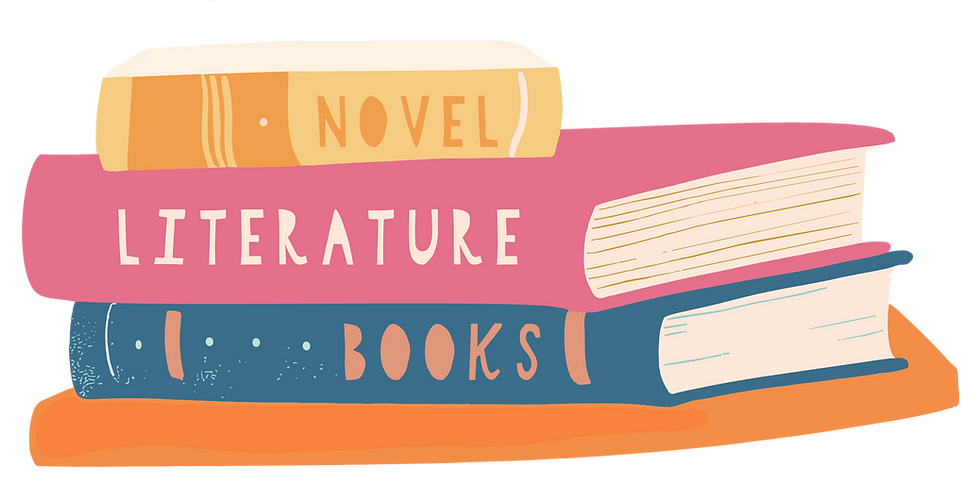It’s More Than a Puzzle
- Allanah
- Jul 21
- 2 min read
When you think of a puzzle, you might picture a quiet, focused activity — something that keeps little hands busy and little minds thinking. But did you know that puzzles can be an incredible tool for building your child's communication skills? It's not just about putting pieces together — it's about creating opportunities for talking, sharing, problem-solving, and connecting.
Here are some simple tips and tricks for turning puzzle time into a fun communication-building moment:

1. Model New Words
Use puzzle time to introduce and model new vocabulary. Talk about the pieces using descriptive words like “big,” “small,” “curvy,” “pointy,” “smooth,” or “rough.” If it's a picture puzzle, label the items — “dog,” “tree,” “house” — and describe them: "The dog is brown and fluffy!"
Even if your child isn’t talking yet, hearing rich language helps build their understanding and future use of words.
2. Encourage Requesting
Instead of giving your child all the pieces at once, hold onto a few and encourage them to ask for more. Depending on their level, this could be a word (“more!”), a phrase (“more pieces, please”), or even a gesture like pointing or reaching.
Pause and wait expectantly — giving your child time to initiate communication without rushing in to help straight away.
3. Work on Turn-Taking
Puzzles are a natural opportunity to practise taking turns — a crucial social communication skill. You can take a piece, then let your child have a turn, and so on. Use simple language like “my turn” and “your turn” to reinforce the idea. Make it playful! Celebrate each turn with clapping, cheers, or silly voices to keep the energy positive and fun.
4. Use Puzzles to Practise Following Directions
You can weave simple instructions into puzzle play. Start with basic one-step directions (“Find the corner piece”) and build up to two- or three-step instructions (“Find the corner piece and then the piece with the dog on it”). Use gestures or point to help if needed — visual cues can support your child's understanding.
5. Spark Conversations
Talk about the puzzle as you go. If it’s a farm puzzle, chat about what animals live on the farm, what sounds they make, or what they eat. If it’s a vehicle puzzle, talk about where cars, trucks, and planes go. Follow your child’s lead. If they seem excited about a tractor, build on that topic: “Yes, the tractor is big! What sound does it make? Vroom vroom!”
6. Practise Problem-Solving Language
When a piece doesn't fit, resist the urge to fix it straight away. Encourage your child to problem-solve by modelling language like “Hmm, does it fit?” or “Let's turn it around!” Supporting your child to think and talk through the challenge helps develop important reasoning and communication skills. Don’t forget to praise their effort, not just their success — "You’re trying so hard!" — to build resilience and perseverance.
It's not about completing the puzzle perfectly — it's about connecting, communicating, and having fun together. Next time you pull out a puzzle, take a moment to see it not just as a toy, but as a powerful tool for supporting your child’s communication development.
Remember to be kind and share joy!
- Allanah (Speech Therapist)






Comments